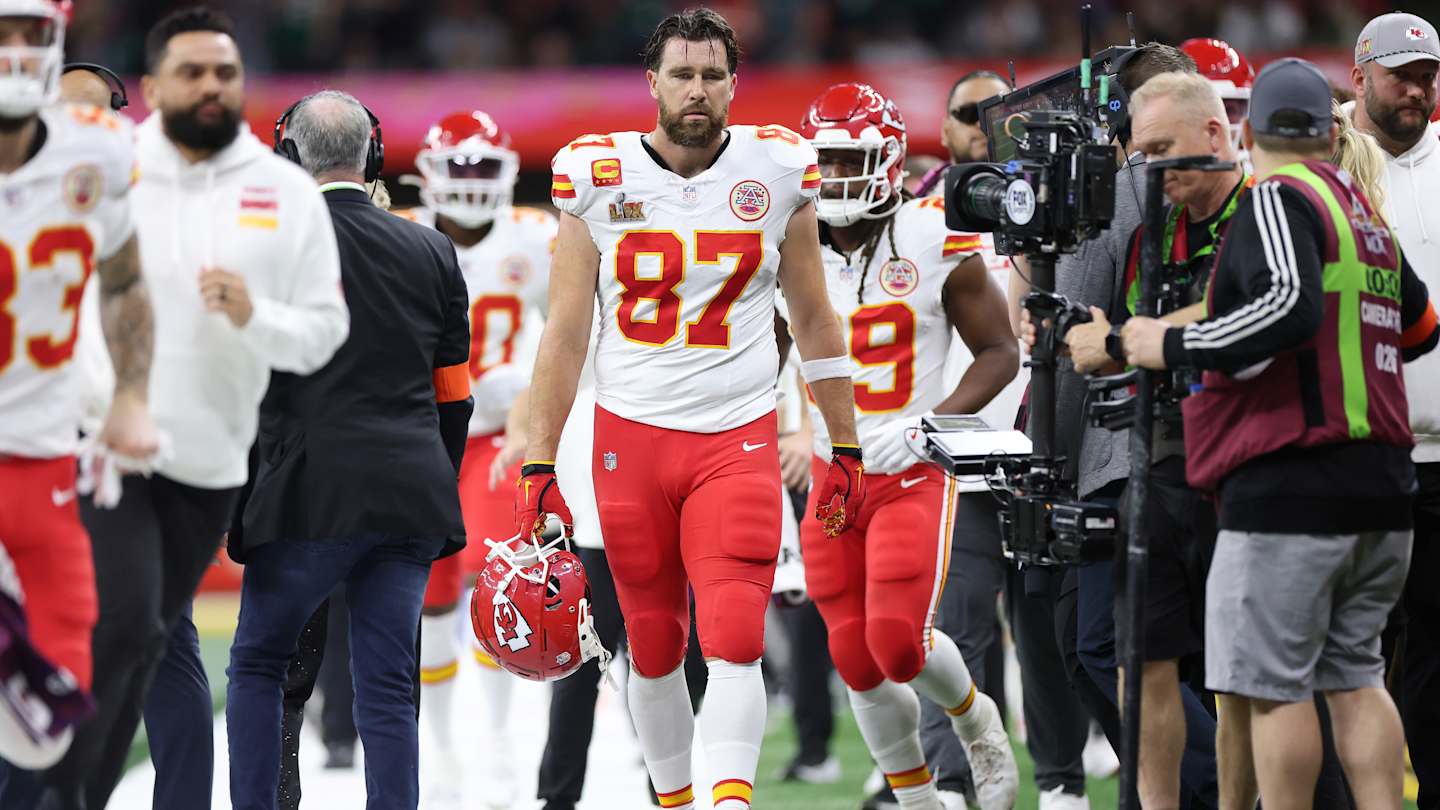OG was the first team to be eliminated from the group stage of PGL Wallachia Season 3 in Dota 2. While expectations weren’t high for this weakened roster, their swift exit without a single series win is still a significant surprise. This is especially true considering the opponents Sebastian ‘Ceb’ Debs’ team faced in the final rounds. This article examines just how poorly the current OG lineup is performing.
OG’s issues predate this tournament. The team is currently on an eight-series losing streak. Ideally, the extensive experience within OG should have been an advantage at this LAN event, particularly against weaker teams. However, this wasn’t the case. PGL Wallachia Season 3 clearly demonstrated OG’s current lack of competitiveness.
Their opening match at the tournament was disheartening, but their opponent was Team Spirit, a tournament favorite. Yaroslav ‘Miposhka’ Naidenov’s squad comfortably defeated all group stage opponents 2-0, making further analysis of this series less crucial. Notably, OG only managed a combined total of ten kills across the two games.
Dwelling on the loss to Spirit is unnecessary, as the real test for OG was to come against more evenly matched opponents. In the second round, they faced Wildcard Gaming and suffered a complete rout in the first game. Why? Likely due to OG neglecting to study this lesser-known team. The Dota 2 community is well aware of Wildcard’s strength with Venomancer, a hero they almost always win with, and struggle without.
It wouldn’t be as glaring if these Venomancer victories were in the distant past or on an outdated patch. However, just the day before facing OG, the North American team picked Venomancer against a strong opponent like Aurora and decisively won. How could OG have overlooked this? Is there any justifiable reason not to ban it? It’s hard to attribute this to anything other than sloppy preparation.
The problem extends beyond just Venomancer. OG seems lost in drafts overall. Across three series, they experimented with 33 unique heroes – more than teams who have played four matches. This likely indicates a lack of clear strategy rather than an abundance of them; a sign of not knowing how they want to play and with what.
In the decisive game against Wildcard, the team chose Axe for Ceb. This hero is rarely seen in professional play (and only Ceb has picked it). There are reasons for its unpopularity, including a weak laning phase and late impact in team fights. Ceb did die once in lane, but still maintained good farm. However, his team suffered across the map while he couldn’t assist. A telling moment: gold is practically even, but one team’s offlaner is sneaking in smoke near the Tier 2 tower, while the other makes a pointless teleport and watches his cores get eliminated.
This isn’t solely a problem with Ceb’s individual play, but with OG’s team strategy, failing to utilize the heroes they drafted effectively. This team fight essentially marked the turning point of the game and the series. Wildcard snowballed, and OG couldn’t find a response.
The third series became the epitome of OG’s helplessness. Their opponent was again beatable – Yellow Submarine. OG not only lost the draft but was also significantly weaker in macro play compared to a stack with minimal competitive experience among half its players. It seems like OG players are no longer even communicating during games. After a minor comeback and stabilizing in the first game, the team decided to push into the enemy half where their ward was placed. A reasonable idea – to catch the opponent off guard with vision advantage. But observe the execution. OG failed to focus fire in the fight, 23savage was late to the engagement, and when he arrived, he hesitated to join. xNova was stuck in a choke point, unable to cast, all happening while Nine’s Ravage was isolated and ineffective.
OG generally lacks a game plan. They can only win through won lanes or opponent errors. Winning lanes is often hindered by poor drafts and inconsistent player form (Daze’s frequent deaths are excessive). Relying on opponent errors is also unreliable, as even Yellow Submarine made numerous mistakes, like giving away a significant lead in the deciding third game, which OG failed to capitalize on.
Significant responsibility falls on Ceb. We intentionally avoided focusing on individual player performance, as it’s clear everyone is underperforming. However, Ceb’s issue is more conceptual: he’s out of sync with the game’s rhythm and unable to create opportunities for his team. He doesn’t achieve the high net worth of players like ATF or 33, and plays independently, constantly ceding initiative to opponents. His initiations are either delayed or rushed. Symbolically, OG’s tournament ended with a similar poorly timed initiation from Ceb.
However, OG’s problems are too broad to be pinned on a single player. Therefore, a simple roster change (or another position swap for Ceb) won’t fix it. The club needs a major overhaul, or fans will soon question whether it’s worse to not qualify for events at all, or to qualify and perform this poorly.

